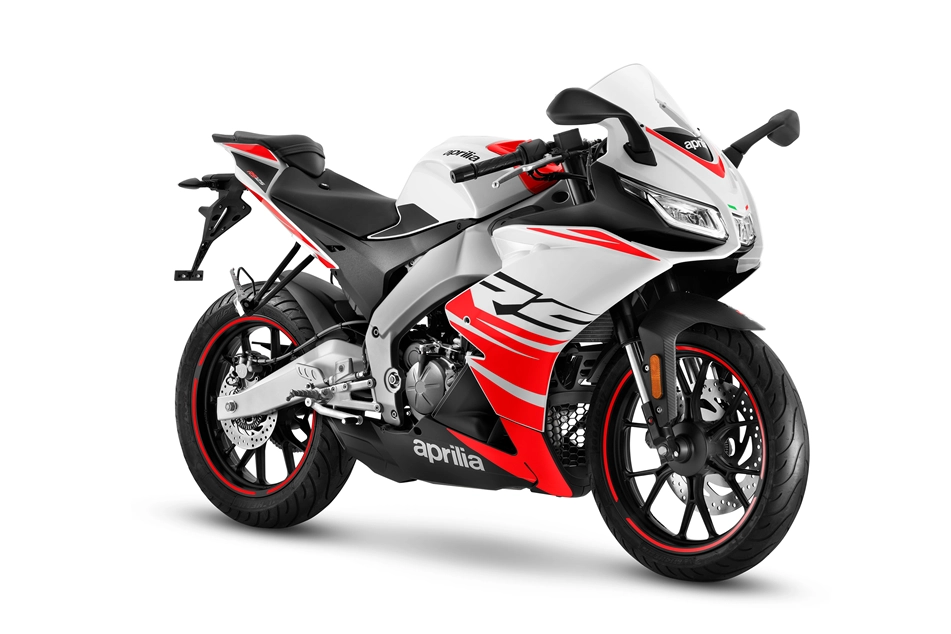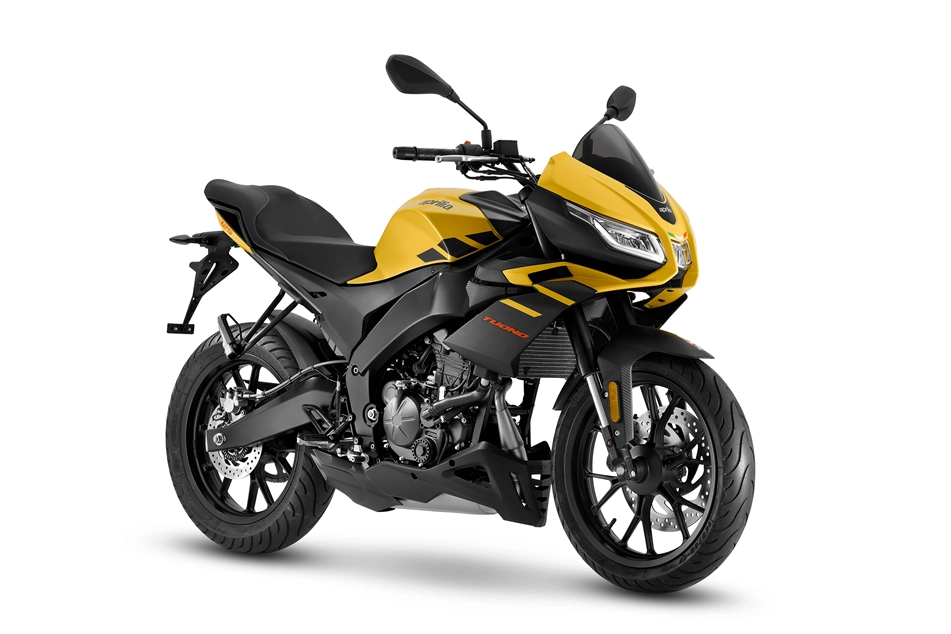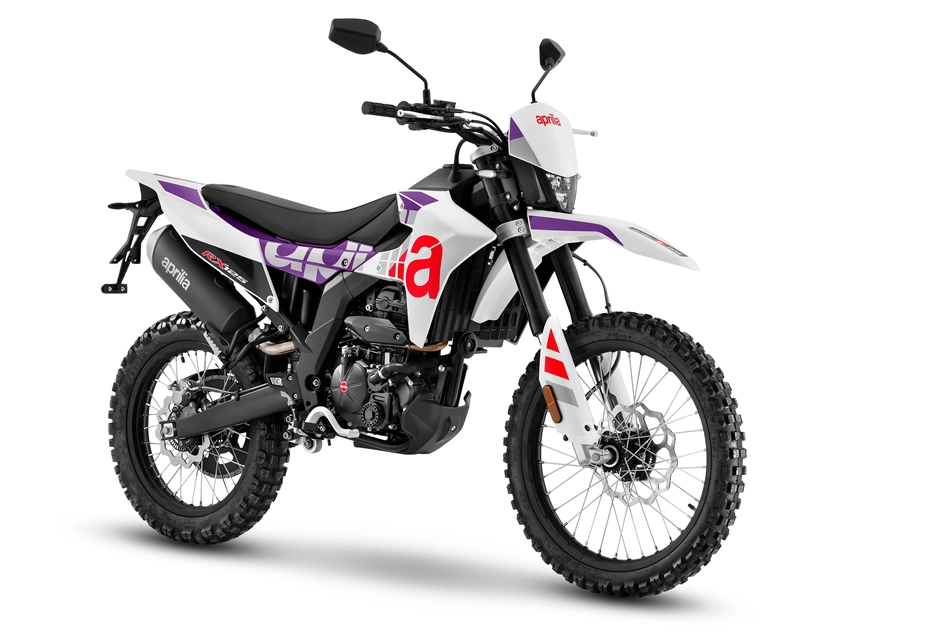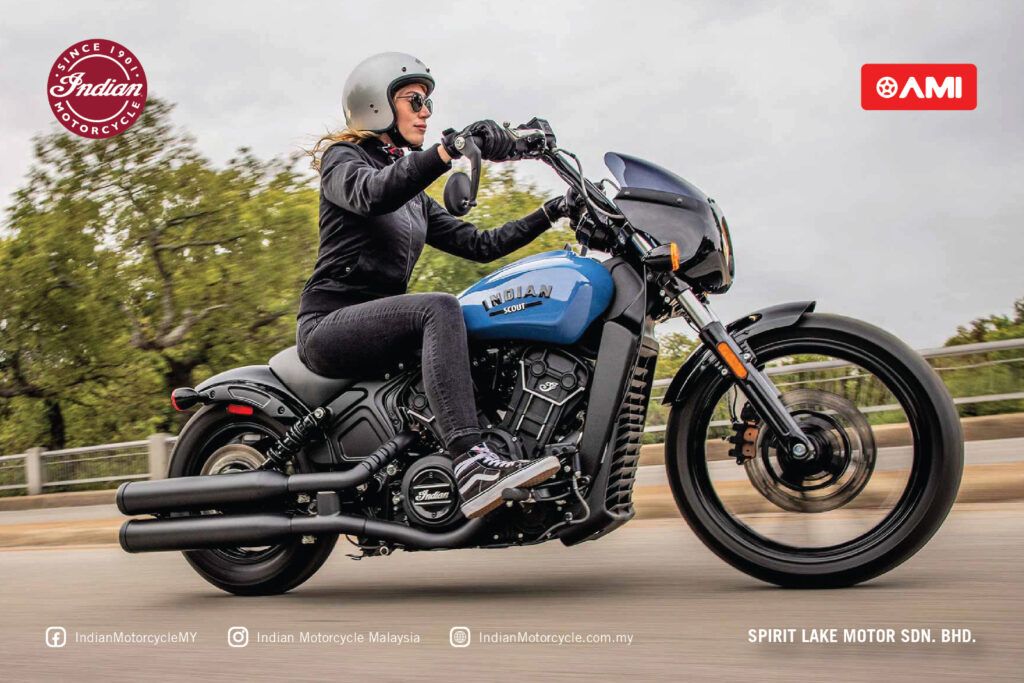The Road Transport Department (JPJ) issued 5,306 offence notices against 17,729 commercial and public service vehicles that were inspected during the five-day Operasi Khas ‘Gempur Teknikal’ nationwide which began on December 25.
The Secretary-General of the Ministry of Transport, Datuk Jana Santhiran Muniayan, said that in the operation, 16 vehicles were seized involving 15 commercial vehicles and one public service vehicle.
He said that the special operation, which was held in conjunction with the Christmas celebration, JPJ had mobilized more than 1,500 personnel who focused on enforcement against commercial vehicle offences.
“This operation focused on overloading, technical, documentation and traffic offences as well as technical vehicle manufacturing and use.
“A total of 17,729 vehicles were inspected involving 15,770 commercial vehicles and public service vehicles (1,959).
“A total of 1,787 vehicles were subject to action while 578 vehicle owners were given inspection slips involving 544 (commercial) and public (34),” he said.
He said this to the media after leading the Special Technical Raid Operation at the Southbound Rest and Treatment Area (R&R), North-South Expressway Project (PLUS), here, today.
Also present were JPJ Senior Director of Enforcement, Muhmmad Kifli Ma Hassan and Negeri Sembilan JPJ Director, Hanif Yusabra Yusuf.
Commenting further, Jana Santhiran said his party views seriously the series of accidents and deaths due to road accidents involving commercial vehicles.
“Therefore, stricter enforcement action is being taken against vehicles that fail to comply with regulations under the Road Transport Act 1987 (Act 333), the Land Public Transport Act 2010 (Act 715) and Rules nationwide.
“To ensure more aggressive and proactive monitoring can be carried out, JPJ will maintain a total of 1,500 members in each special operation including during festive seasons such as Chinese New Year and the upcoming Aidilfitri,” he told Harian Metro.





























